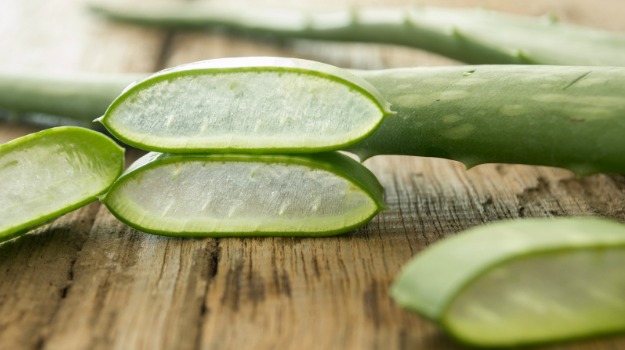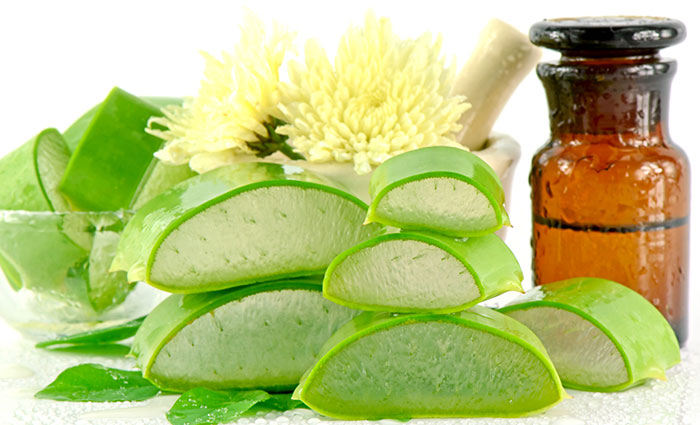Aloe vera has been used as a healing plant since ancient times. There are a lot of documents supporting its effectiveness in treating a lot of conditions from skin diseases to psychiatric illnesses. Although there are contradicting studies about the benefits of aloe vera, the problem lies in the correct processing of and the mislabeling aloe vera products. What should you look for in an aloe vera in Singapore?

Aloe Vera History
For centuries, the ancients considered the aloe vera a plant that could grant immortality and was a universal panacea. It means that it could be a remedy for almost any disease. Aloe vera is the plant’s common name while its botanical name is Aloe barbadensis miller. The word “aloe” is an Arabic term that means “shining and bitter substance.” “Vera” is the Latin word for “true.”
It lived up to its name when it was used to treat dermatitis caused by severe radiation. It is the only known treatment for nuclear burns, according to some claims. Among its least impressive qualities is that it’s used as a laxative and a beauty product. It’s not uncommon nowadays to find aloe vera extracts in shampoos, soaps and creams.
Aloe Vera Plant
Aloe vera is a hardy succulent, perennial plant that can survive in almost any climate, but thrives in tropical countries like Singapore. There are many varieties of Aloe, but the most common is the green, stemless plant with fat green leaves. The leaves sometimes have white spots. It also has flowers that look like yellow tubes and fruits with seeds.
The leaf is the part of the plant where the aloe vera gel is acquired. The leaves are fleshy and serrated at the edges. When examined closely, you will see that it is made up of three layers. The outer layer is called the rind. It is made up of 15 to 20 cells. The middle part is found just beneath the leaf skin. It contains a yellow sap called the aloe vera latex. This part of the leaf is taken orally that has good aloe benefits and used to treat a number of diseases. The innermost layer is a clear jelly made up mostly of water. This is the aloe vera gel.
Aloe Vera Properties
According to studies, aloe vera contains at least 75 active ingredients. An active ingredient is a biologically active component that will deliver the benefit of a product. Let’s break down the constituents of aloe vera.
-
• Vitamins – vitamin A, C, E, and B12; choline and folic acid. These are antioxidants that fight free radicals in the body.
• Minerals – calcium, potassium, magnesium, zinc, sodium, chromium, selenium, copper, and manganese. Minerals are needed for enzyme and antioxidant production.
• Sugars – monosaccharides such as fructose, glucose and polysaccharides such as polymannose and glucomannans.
• Enzymes – lipase, aliiase, amylase, alkaline phosphatase, carboxypeptidase, bradykinase, cellulase, peroxidase, and catalase. Enzymes help break down fats and sugar.
• Hormones – gibberellins and auxins. Hormones make the wound heal faster and stop inflammation.
• Anthraquinones – aloe vera has 12 anthraquinones. These are laxatives called phenolic compounds. Two of these, emodin and aloin, are analgesics, antivirals and antibacterials.
• Fatty Acids – cholesterol, beta-sisoterol, campesterol and lupeol. These are plant steroids with anti-inflammatory, analgesic and antiseptic properties.
• Other Components – salycylic acid, lignin, and saponin. Aloe vera contains 7 out of 8 essential amino acids. It also has 20 out of 22 required amino acids.

Aloe Vera Products and Benefits
The parts used in the plant are the leaves. There are two kinds of products that can be processed from the aloe vera leaves. These are the aloe vera gel and aloe vera latex. The latex is taken orally for its healing properties. The gel is used in a variety of products. Some manufacturers in Singapore also crush the aloe leaves to get both the latex and gel.
Aloe vera in Singapore is used primarily in dermatological products. It increases the collagen content so that skin heals faster and is more elastic. Elasticity makes fine lines and wrinkles disappear or look less noticeable. The antioxidants protect the skin from the harmful ultraviolet and gamma radiation from the sun.
The following are other benefits of aloe vera:
1. Aloe vera contains 6 antiseptic agents such as sulfur, lupeol, salicylic acid, cinnamonic acid, phenols, and urea nitrogen.
2. Aloe vera increases the resistance of the immune system against infections because of the presence of anthraquinones.
3. C-glucosyl chromone and alprogen are isolated from the aloe vera gel. They are used for their anti-allergic and anti-inflammatory properties, respectively.
4. The enzyme bradykinase found in aloe vera is used as an anti-inflammatory agent in topical creams.
5. Hormones such as gibberellins and auxins are used for their healing and anti-inflammatory properties.
6. The anthraquinones are used as laxatives. These help make bowel movement easier.
7. The fatty acids are used as antiseptics and analgesics.
8. The salicylic acid has anti-inflammatory and antibacterial properties used for acne and other skin problems.
9. The saponins from aloe vera are used for making soaps and gels. They are also valued for their antiseptic properties.
10. The lignin is used in topical creams or ointments because it helps other ingredients penetrate the skin.
11. The vitamins help in detoxification, energy balance, hemoglobin and nucleic acid synthesis, strengthening the immune system, and neutralization of free radicals.
12. The minerals and micronutrients also improve the immune system, increase blood coagulation, help enzymes function, and assist in detoxification.
Reading the Label
When purchasing aloe vera products in Singapore, you should read the label carefully. Some might contain only water. Others use methods that lose the effectiveness of the active ingredients. Check the container for proper labeling. It has to include a list of the ingredients and the quantity of each ingredient. There should also be instructions on how to use the product. If you have purchased vitamins or supplements, consult your doctor about the correct daily dosage.
